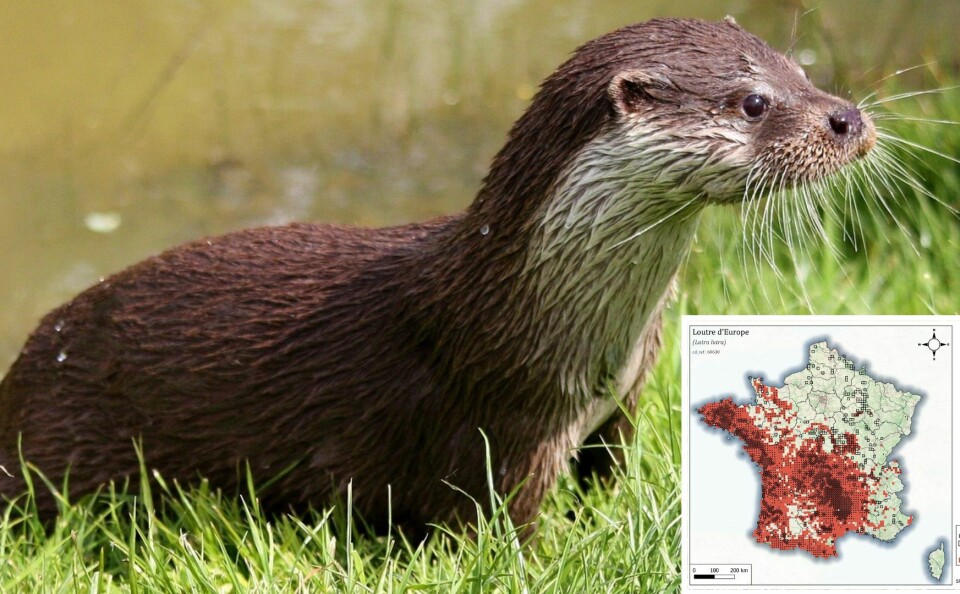-
Photo: what is the strange ‘hair ice’ phenomenon seen in France recently?
Extremely rare formation is occurring in eastern woodlands
-
French village implements temporary road closures to protect frogs
The initiative aims to save up to 50 amphibians per night from being crushed
-
People with gardens urged to spot and report this common but dangerous pest via French ministry site
How to report sightings and avoid a reaction to pine and oak caterpillars
Otters make a comeback in France - how you can help them thrive
The recolonisation project is slowly working but the population remains fragile

Otters (loutres) are gradually recolonising territories all over France, says otter specialist Cécile Kauffmann, from national mammal protection charity, SFEPM.
Until 1981, when they were finally protected, otters were hunted for their fur, by which time they had been eradicated from many of their habitats.
They used to be found all over France (except in Corsica) and around Paris, but by 1981 were only present in the Massif Central and some regions in western France.
Otters need to hunt 1-1.5kg of fish every night
Otters are semi-aquatic, Cécile adds, “They adapt to polluted water and will live close to towns if they are undisturbed, but are mainly found in countryside areas.
“They are very shy of humans. Nocturnal, they sleep in the day and mainly hunt at night. It’s rare to see them.”
Otters have a reputation for being very playful but the Eurasian Otter (Lutra lutra) found in France tends to be a solitary, sober animal.
Each adult has their own territory which can stretch as far as 20-30kms. They move around their territory frequently, as they need to hunt 1-1.5kg of fish every night. They do also sometimes eat frogs, eels, crustaceans, small mammals, birds and insects.
Road traffic is their biggest enemy
There is no fixed breeding season, and females tend to raise their pups (2-3 in a litter) alone.
“Only a small number reach maturity. They live with their mother for around a year, and can’t survive alone before they are 8-9 months old.
“Many die on the roads or starve because their mother is run over. Road traffic is their biggest enemy.”
This means that the otter population in France is quite fragile.
Read more: Green crossings over French roads saving wildlife
“They reach sexual maturity at around 2-3 years (males) and 3-4 years (females) but only live for around 5 years in the wild although in captivity they live for up to 15-16 years.
“So the process of re-colonising territory has been very slow. As well as needing a plentiful supply of fish, they need thick undergrowth because they don’t dig hides, or erode riverbanks, but rather they construct holts for their young in thick undergrowth.
“They are now present in two-thirds of mainland France, in all regions except the Ile-de-France, Nord-Pas-de-Calais, and Grand Est,” says Cécile Kauffmann.
Safe havens for otters
The government’s ‘Plan National d’Actions en faveur de la Loutre d’Europe’ runs until 2028 and sets out a list of ways to protect otters.
“We work with associations all over France. We advise on constructing otter passageways under bridges, so they don’t have to cross the bridge by the road.
“We advise fish farmers how to repel otters without harming them, for example.
“The ‘Havre de Paix pour Loutres’ (Otter Havens) is a scheme to help owners of land beside running water provide habitats which encourage otters to settle there.”
Related articles
The genet - a rarely seen carnivore is at home in French woodland
VIDEO: new film released of bear and cubs in Pyrenees before winter
Lynx spotting adventure gives hope to reintroduction scheme in France






















